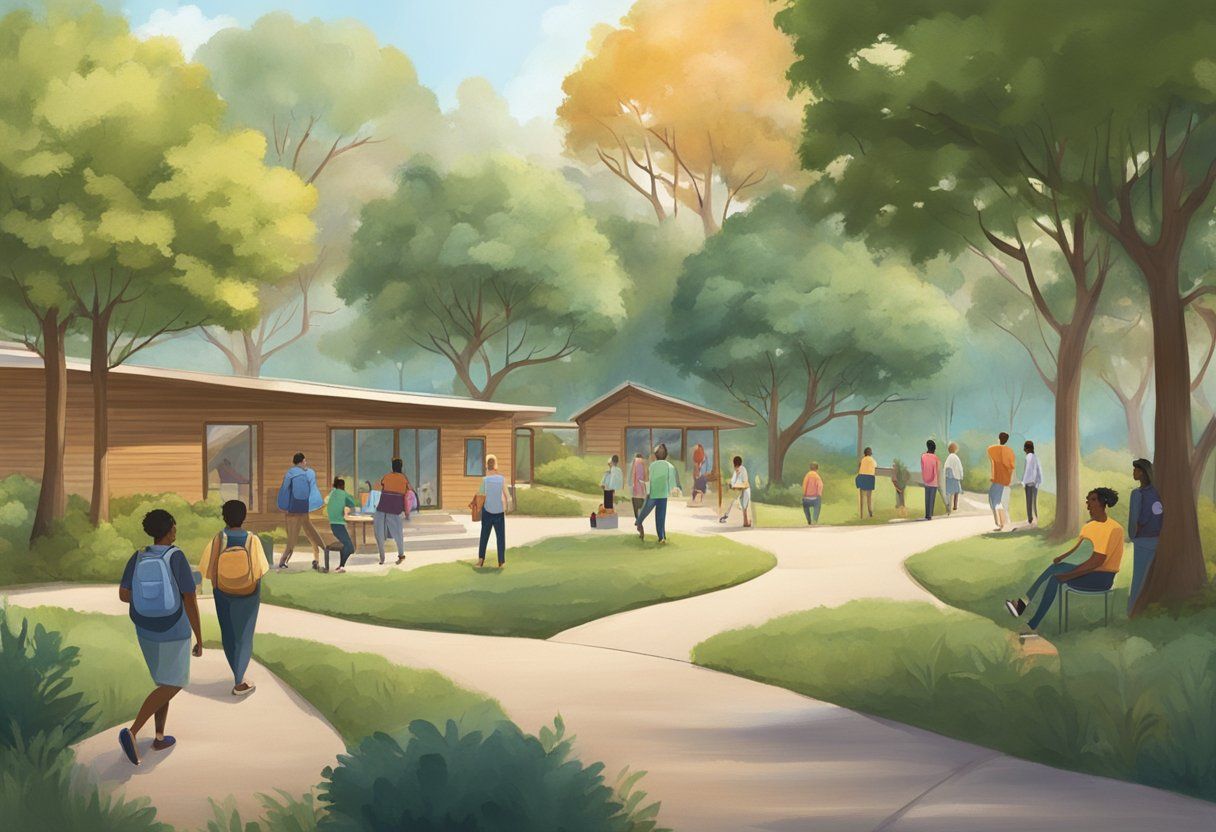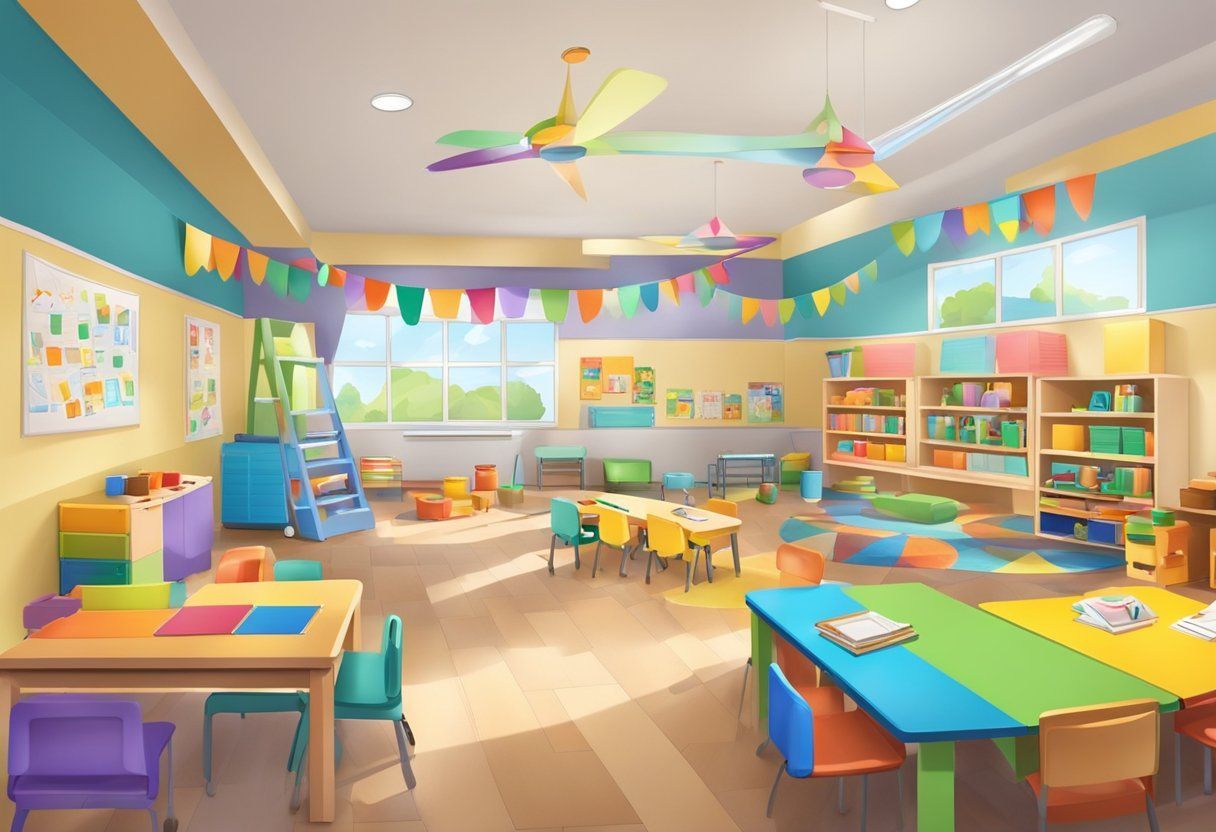BLOG
Categories
Wraparound Services vs. Traditional Therapy: Reframing Support for Children with Complex Needs
When we’re raising children who’ve experienced early life adversity—be it adoption, foster care, or any kind of trauma—we’re not just navigating behaviors. We’re navigating a story. A nervous system. A heart in need of safety and connection. And that’s where wraparound services step in—not as another clinical checklist, but as a whole-person, whole-family, love-first model.
What Are Wraparound Services, Really?
Wraparound isn’t therapy in the traditional sense. It’s not “drop your child off for an hour” and hope for transformation. Wraparound is a relationship. It’s a team—a village, really—built around the child and family, walking together through the daily trenches. It honors that every child’s history matters. It recognizes that healing happens in context—in homes, schools, churches, communities—not just offices.
This approach is collaborative, flexible, and deeply respectful of each family's unique culture, values, and challenges. It’s not about changing the child. It’s about understanding the child and aligning a support system around that understanding.
The Heart of Wraparound: Love, Strengths, and Shared Vision
At the core of wraparound services is a radical idea: that healing grows from connection and safety. And you can’t create safety if you don’t feel seen and heard.
Wraparound teams work with families, not over them. They listen first. They build from strengths. They co-create goals that reflect what the family wants, not just what the system thinks they need. This isn’t about compliance. It’s about empowerment.
Every voice matters: the child’s, the parent’s, the teacher’s, the neighbor’s. Everyone becomes part of the support fabric. It’s a dynamic, evolving process designed to meet families where they are.
The Case Manager: Not Just a Coordinator, but a Connector
The case manager in a wraparound model isn’t just a scheduler or paperwork pusher. They are the relational anchor. They’re the voice on the other end of the phone when a parent feels like they can’t take another meltdown. They coordinate, yes—but more importantly, they connect. They align resources, facilitate meetings, and ensure that no one’s navigating this path alone.
True case management in wraparound is built on trust and communication. It’s not just service provision—it’s relational regulation in action.
Why Community is Not Just Important—It’s Essential
Community is not an add-on. It’s the soil in which healing can take root. Wraparound taps into local schools, churches, rec centers, mentors, and other natural supports that already exist in a child’s world. It brings healing out of the clinic and into the playground, the living room, the lunchroom.
And that’s where real change happens—because children don’t live in therapy sessions. They live in relationships.
When we engage community, we’re not just offering help. We’re offering belonging. And belonging is what builds resilience.
Traditional Therapy Modalities: Honoring the Foundation, While Recognizing the Limits
In the world of traditional therapy, there’s a well-established toolbox. It’s been built over decades, shaped by research, and rooted in the belief that individuals can grow, heal, and thrive with the right support. And that belief is absolutely true—but it’s not always enough. Especially not when we’re talking about children from hard places. Let’s walk through the pieces that make up traditional therapy and where they may fit—or fall short—when the nervous system is in survival mode.
Approaches in Traditional Therapy: Tools for Insight and Change
You’ve probably heard the names: Cognitive Behavioral Therapy (CBT), Psychodynamic Therapy, Humanistic Therapy. These modalities have helped countless individuals find relief and clarity.
- CBT says, “Let’s change how you think so we can change how you act.” It’s practical and structured, helping clients reframe negative thoughts and shift behaviors.
- Psychodynamic Therapy takes us deep. It peels back the layers of unconscious wounds—many formed early in life—to find the roots of emotional pain.
- Humanistic Therapy shines a light on self-worth and inner potential, inviting clients into growth and self-discovery.
These approaches often happen one-on-one, in quiet rooms with trained therapists. And that’s beautiful work… when a child’s brain and body are regulated enough to access it. But when a child’s in stress, when they’re in fight, flight, or freeze, they don’t need insight—they need safety.
Family Therapy: Where the Real Change Begins
Now we’re getting warmer. Family therapy doesn’t just treat the “identified patient.” It brings the whole system to the table, because the truth is—hurt happens in relationships, and healing has to happen there too.
Methods like Structural Family Therapy and Systemic Therapy help families see the invisible dance they’re doing—the patterns, the roles, the unspoken rules. It’s not about blame. It’s about making the invisible visible, and using that awareness to build something new.
When family therapy is rooted in empathy and guided by love, it can transform the home from a battlefield to a sanctuary.
Social Workers: The Bridge Builders
Let’s take a moment to honor the quiet heroes—social workers. They’re the ones connecting the dots, filling the gaps, holding the hands of families trying to navigate systems that weren’t built with love in mind.
They don’t just do paperwork—they assess, advocate, and walk with families. Whether it's housing, food, medical care, or vocational support, social workers bring practical help to the healing process. They remind us: mental health doesn’t live in a vacuum. If a parent’s stressed about the light bill or food on the table, no therapy session is going to stick.
Care in the Least Restrictive Setting: Healing with Dignity
Here’s a truth that often gets missed: Healing can’t happen in a cage. Whether that cage is a locked ward or a rigid treatment plan, we must always ask—Is there a less restrictive way?
The least restrictive setting honors the humanity of the client. It says, “We trust you to participate in your healing.” It’s why we choose outpatient over inpatient when we can, why we bring therapy into schools, homes, and community centers.
Because healing should happen in real life—not away from it.
Comparing Effectiveness and Outcomes: Wraparound vs. Traditional Therapy
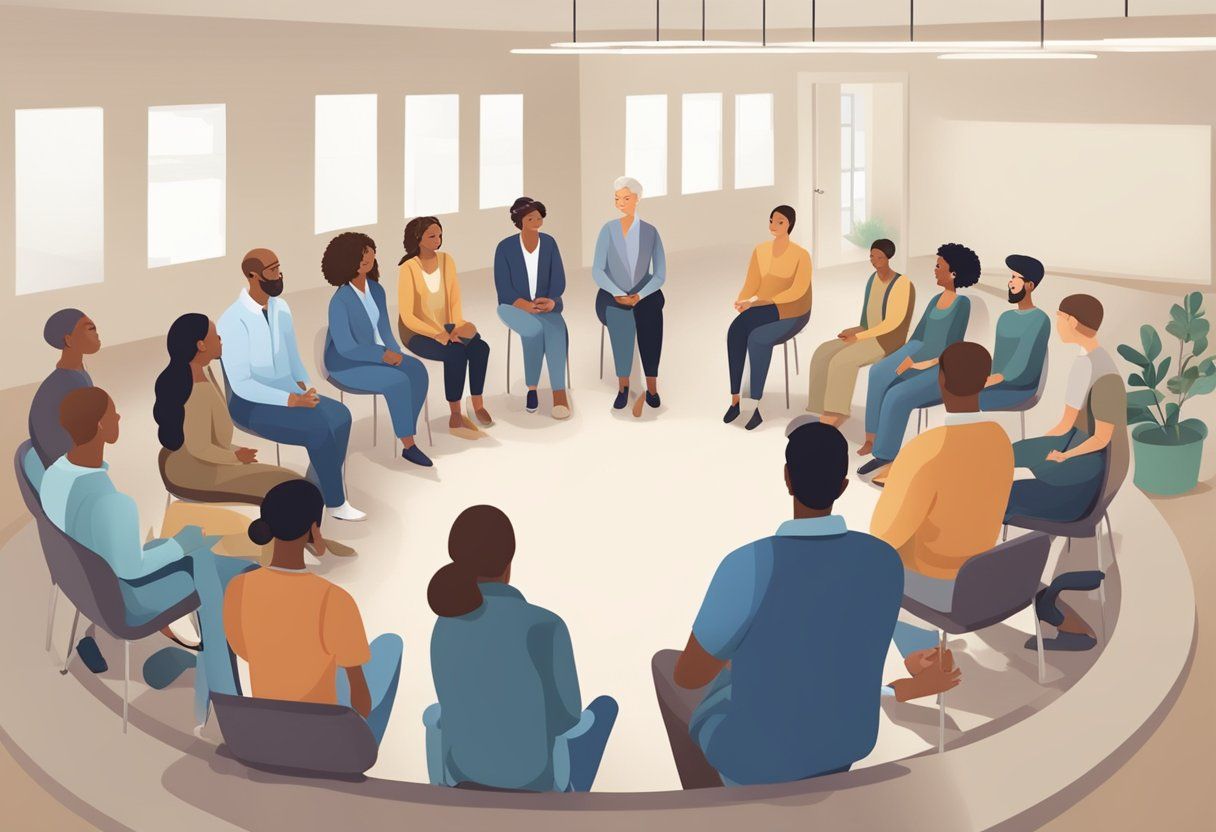
Both wraparound services and traditional therapy share a noble goal: to help young people heal and grow. But they walk different paths to get there. And when it comes to children and youth with complex emotional and behavioral challenges, the path makes all the difference.
Impact on Behavioral Health: A Whole-Life View vs. One Hour a Week
Traditional therapy often begins with a diagnosis and a treatment plan. And make no mistake—individual therapy can offer powerful insights. It can help kids name their feelings and explore their stories. But what happens after the session ends? Who’s walking with that child when they’re back in the chaos of everyday life?
Wraparound services don’t stop at insight. They go deeper and wider. They ask: Where does this child live, learn, play, and struggle? Who surrounds them? What does safety look like in real-time, not just in theory?
By bringing family, school, and community into the fold, wraparound creates a network of support that follows the child home—not just to the office.
And the data backs it up: kids in wraparound services often show more meaningful, lasting improvements in emotional regulation and behavior, because the healing is happening in context.
Service Coordination: Weaving the Net, Not Just Casting a Line
In traditional systems, families often feel like they’re managing a puzzle with missing pieces. The therapist works over here, the school over there, and no one’s talking to each other. That’s not coordination—that’s fragmentation.
Wraparound flips that script. It brings the pieces to the same table and says: Let’s build something together. The wraparound team doesn’t just work with the child. They work with each other—with the parents, the coach, the caseworker, the teacher. They become a unified force, focused on one shared outcome: helping this child thrive.
It’s no surprise that studies consistently show wraparound programs provide stronger coordination of care. And where there’s stronger coordination, there’s less confusion, more clarity—and much better outcomes.
Youth Recovery and Daily Functioning: Healing That Sticks
Let’s talk about what really matters: Is the child getting better? Are they functioning more independently, more peacefully, more joyfully in their day-to-day life?
Wraparound services meet youth where they are—and they walk with them as those needs evolve. They don’t offer a one-size-fits-all solution. They build a flexible, living plan that shifts as the child grows. That’s why you see higher success rates in maintaining sobriety, improving daily living skills, and even staying out of residential placements.
Traditional therapy can be part of the journey—but it’s often too static for children whose lives are anything but. Wraparound recognizes that real healing is dynamic. It’s relational. It’s messy. And it’s possible—when the support system is just as alive as the child it serves.
Integration of Services and Care: Healing Happens in Community, Not in Isolation
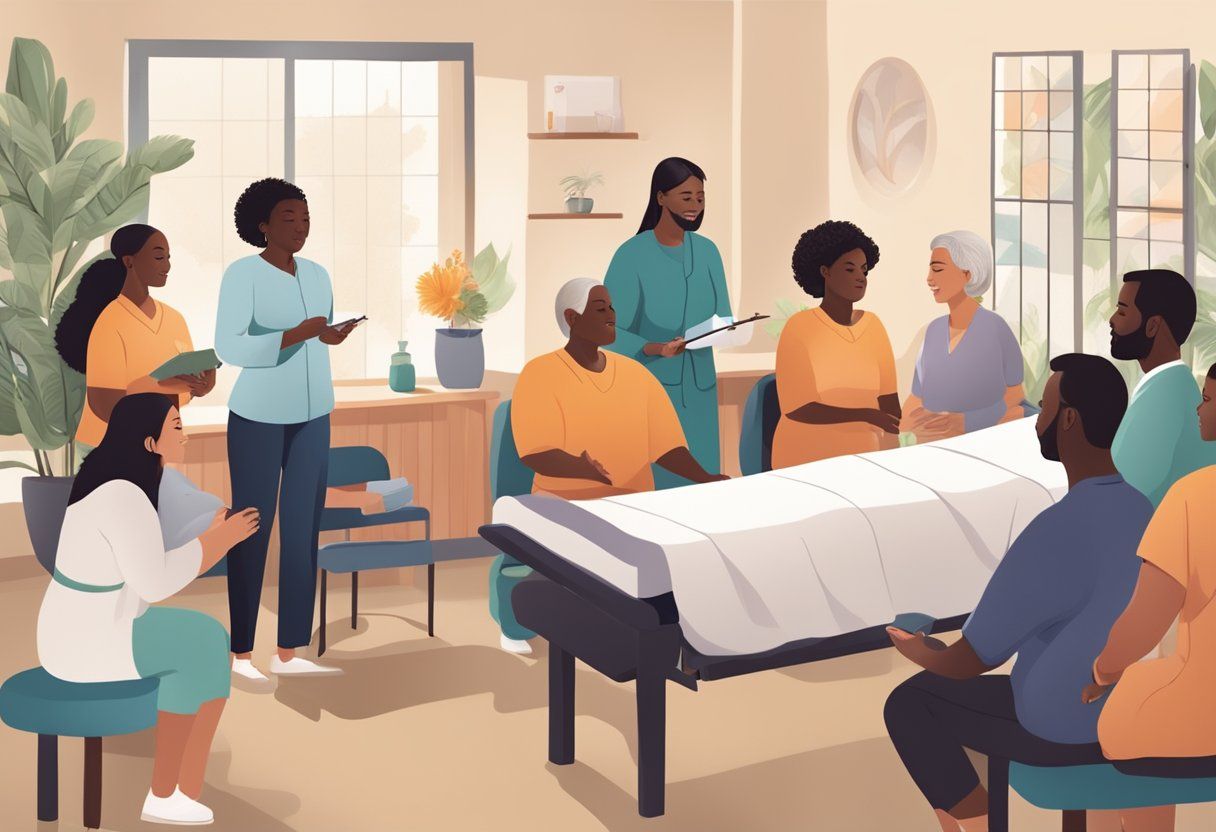
If we’re really going to help children—and families—heal from trauma, we can’t do it in silos. Healing is too complex, too relational, too human for that. Wraparound services understand this truth at the core. They don’t just stack services on top of each other—they weave them into a tapestry of support that surrounds the child and the family in love, understanding, and practical help.
Peer Support and Natural Supports: You Don’t Heal Alone
There’s something powerful that happens when you sit across from someone who’s walked a road like yours. That’s the gift of peer support—real, lived experience meeting you where you are. It’s not about expertise in the clinical sense. It’s about wisdom born of pain, growth, and survival. It’s about someone saying, “I’ve been there too. And I’m still standing.”
Alongside peer support, wraparound brings in natural supports—the aunts, the neighbors, the church volunteers, the school mentors—those everyday people who form a child’s ecosystem. Because here’s the thing: professional services can help stabilize, but it’s the relationships that heal.
When we bring natural supports into the fold, we’re not just treating symptoms—we’re rebuilding belonging. And for kids who’ve lost trust, lost connection, that belonging is the bedrock of their resilience.
Educational and Trauma-Informed Support: Learning Through Safety
You can’t teach a dysregulated child. You can’t reach a child whose nervous system is on high alert. That’s where trauma-informed care comes in—not as a buzzword, but as a way of being. In wraparound, every educator, every provider, every adult learns to see behavior not as defiance, but as communication. They don’t ask, “What’s wrong with this child?” They ask, “What happened to this child—and how can we create safety right now?”
This mindset shift allows us to build educational support systems that don’t retraumatize. That see the child behind the label. That offer structure, flexibility, and most importantly—grace.
When we meet academic needs in ways that honor the child’s emotional world, we’re not just teaching facts. We’re teaching self-worth.
Individualized Care Plans: A Roadmap Built With, Not For
At the heart of wraparound is the belief that healing doesn’t come from a one-size-fits-all solution. Every care plan is individualized, collaborative, and dynamic—because every child, every family, every story is different.
And the most powerful ingredient in any plan? The voice of the child and family themselves. You know your pain. You know your hopes. The wraparound team isn’t there to tell you what to do. They’re there to ask, “What matters to you?” And then they build from there.
Care planning isn’t about ticking boxes. It’s about honoring the complexity of a child’s experience while charting a course toward something better—something whole.
Measuring Cost-Effectiveness: The Dollars Behind the Healing
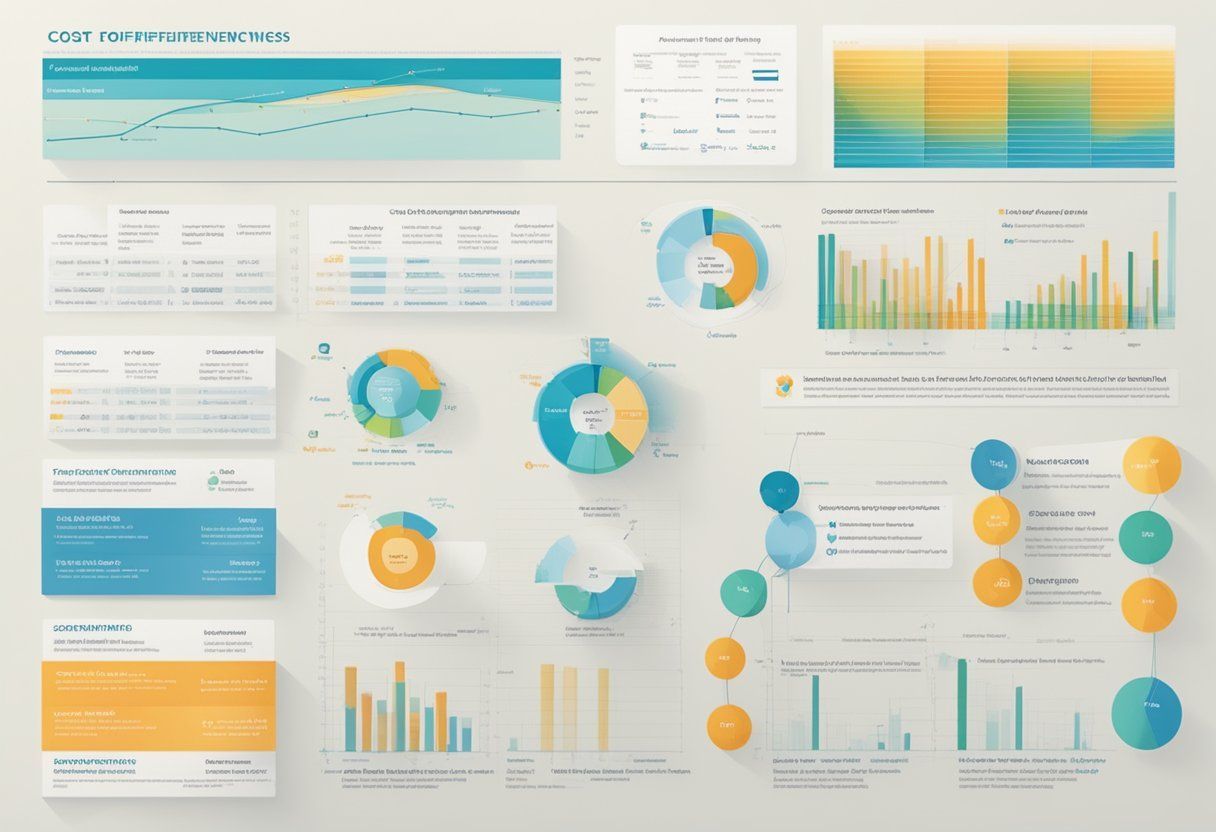
We don’t talk about money because it’s the most important thing. We talk about it because it often decides what kind of support a child and family actually get. And that’s the reality—behind every care plan, behind every service model, there’s a budget line somewhere making decisions. So if we’re going to advocate for what works, we have to understand the economics.
Economic Analysis in Behavioral Health: More Than Just Numbers
When we look at cost-effectiveness, we’re not just asking “what’s cheaper?” We’re asking, “Where does our investment lead to the greatest transformation?”
Wraparound services, with their focus on families, communities, and real-world supports, often cost less than traditional models in the long run—not because they cut corners, but because they cut out the middlemen. They keep kids out of hospitals, reduce residential placements, and build systems of care that stick. The result? Less need for crisis intervention and more consistent, sustainable progress.
It’s not about providing less—it’s about providing smarter. Meeting kids where they are instead of waiting until they break down. That’s how you create not just savings, but healing that lasts.
Pilot Studies: Small Steps, Big Shifts
Pilot programs are often where innovation begins. These are the small-scale trials that test whether wraparound models really deliver what they promise. And again and again, the data is clear: when wraparound is done well, you get better outcomes and a better return on investment.
Kids do better. Families feel more supported. Systems save money. And slowly, policies begin to change—not because someone wrote a great grant proposal, but because the evidence became too powerful to ignore.
These studies aren’t just academic exercises. They’re stories in the making. They’re the early steps toward a future where wraparound becomes the norm—not the exception—for families navigating trauma and complexity.

Frequently Asked Questions
What are the primary differences between wraparound services and traditional therapy?
Wraparound services are comprehensive and involve a team that includes the family.
These services focus on a person's unique strengths and needs.
Traditional therapy often involves one-on-one sessions with a therapist and follows a more standardized method.
How do wraparound services benefit individuals with complex needs?
Wraparound services provide personalized support for individuals with multiple challenges.
They help coordinate care and resources across various areas of a person's life.
This tailored approach ensures that the individual's unique needs are met effectively.
Who is eligible to receive wraparound services?
Eligibility for wraparound services varies depending on the program. Generally, these services are available to children, youth, and families facing significant challenges.
Each program may have specific criteria based on age, diagnosis, or level of need.
What are the core components of a successful wraparound service program?
What are the core components of a successful wraparound service program?
A successful wraparound service program includes collaboration among caregivers, service providers, and the individual receiving care.
Key components include personalized planning, flexible services, and regular evaluation to ensure that goals are being met.
How do wraparound services in school settings enhance student support?
In schools, wraparound services coordinate with teachers and staff to support students' academic and personal needs.
They provide resources like counseling and family support, helping students thrive emotionally and academically while creating a supportive school environment.
In what ways do wraparound healthcare services complement traditional medical treatments?
In what ways do wraparound healthcare services complement traditional medical treatments?
Wraparound healthcare services work alongside traditional medical treatments by addressing broader social, emotional, and familial factors.
This approach ensures comprehensive care, helping patients navigate healthcare systems and connect to additional resources for better health outcomes.
RECENT POSTS
Bringing and keeping families together!





